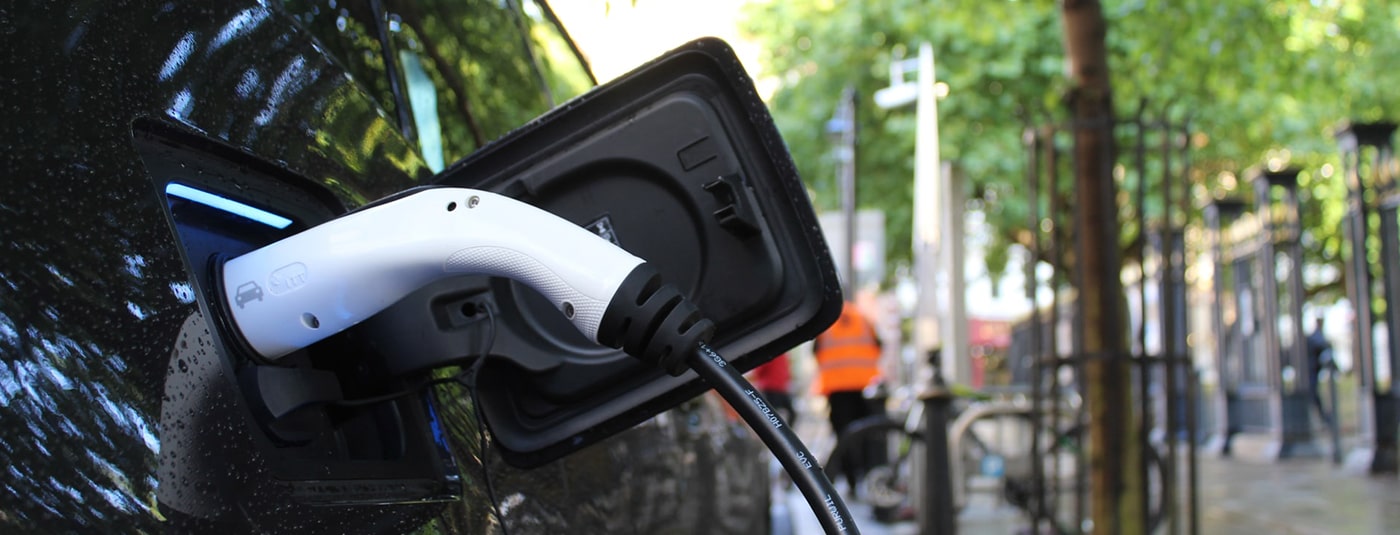Electrification

The clock is ticking. Europe must pace up the uptake of clean electricity, throughout the economy. Why? Because this is the cost efficient solution to decarbonisation. Because this is also the way to improve air quality, strengthen energy efficiency, reduce import dependency and create jobs.
For Europe to meet its Green Deal ambition and turn into a net zero emitter by mid-century, switching some of the most emitting sectors such as transport, buildings and industrial processes to clean electricity is a must. Our analysis, largely comforted by the European Commission, shows that this requires growing the share of electricity in final energy demand to 35% in 2030 and 60% in 2050 (versus 23% today). To get there, waiting is no option: we must enter the “Electric Decade” now.
What does electrification mean in practice? The objective is for electricity in 2050 to represent 50% of all energy use in industrial processes and 63% in transport and buildings. Power-to-X, heat pumps and electric vehicles will be essential towards this goal.
The largest growth potential lies beyond doubt in transport, where electric vehicles will reach 130 million in 2050 (versus 0,5 million in 2015). All these e-cars, vans, busses and trucks will bring immediate benefits in terms climate but also facilitate the integration of renewables. Batteries will indeed allow to store excess electricity, while smart charging will make EVs responsive to price and grid signals.
Our Accelerating Fleet Electrification study shows that we are on the brink of a huge leap forward in the electrification of transport, with fleets as the catalysts for this transition. Europe’s vehicle fleets consist of 63 million cars, vans, buses and trucks representing 20% of the vehicle parc. They however account for 40% of all kilometers travelled, and 50% of CO2 emissions from transport. Electrifying them would therefore bring direct benefits for the climate but also for fleet owners thanks to clear cuts in the cost of EV ownership.
